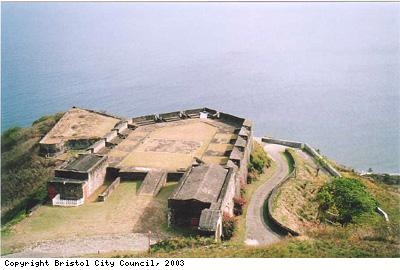The Island of Nevis
The arrival of the Europeans
When the Europeans first colonised the Caribbean islands, the majority of the Carib and Arawak people died from fighting, being used as slaves or new European diseases.
On St Kitts the Caribs became concerned at the numbers of Europeans arriving on their island. The English settlers learned of a Carib plot to attack them and decided to attack first. The English held a party specifically to make the Carib people drunk, then massacred them all.
Though the Spaniards claimed Nevis and St Kitts as part of their empire they never settled the two islands. In 1622 (possibly in 1623) the Englishman Thomas Warner visited the island of St Kitts and early in 1624 returned with a group of settlers. Charles I granted Warner a Royal Commission in 1625 for the settlement of the islands of St Kitts, Nevis, Barbuda (a small island near Antigua, used to settle Barbados as well as the names were similar) and Montserrat. French settlers arrived in St Kitts in 1625 and were made welcome by the English. They divided the island between them, with the English taking the land in the middle. The settlers, French and English, cleared land and planted tobacco. They sent their first crop of tobacco to England in 1625.
In 1628 settlers from St Kitts colonized Nevis and the first governor, Captain Anthony Hilton, was appointed. Over the next 150 years on Nevis sugar was grown on plantations worked by enslaved Africans. Various remains of the early settlements have been found including part of the original house on the Pinney family plantation. The postholes seen in the photograph were for the wooden framework that would have supported the roof of the structure. In 1629 the Spaniards returned to evict the settlers and reclaim their territory. They destroyed the English and French settlements. The settlers agreed to leave the two islands, but soon returned.The French and the English did not get on very well in the islands of the Caribbean. This was similar to their relationship back in Europe. The French drove the English from St Kitts in 1666 only to be driven out themselves in 1690. In 1706 the islands were again invaded by the French. All the sugar plantations were wrecked and 3,400 slaves were taken from Nevis.
Following the Treaty of Utrecht which ended the War of the Spanish Succession (1705-1713), the island of St Kitts became English but in 1782 the French again invaded, taking advantage of the British preoccupation with the American War of Independence. To defend the island of St Kitts, the English built the fortress of Brimstone Hill with the help of slave labour. It withstood a month-long siege before succumbing to invasion. The Treaty of Versailles, which ended the fighting between the British, Americans, French, Spanish and Dutch in the American War of Independence, finally returned St Kitts and Nevis to Britain in 1783. It also confirmed the independence of the USA.
The fortress of Brimstone Hill, is now a UNESCO world heritage site. www.brimstonehillfortress.org
The islandsof Nevis and St Kitts now form a sovereign democratic state within the British Commonwealth of Nations, independence having been granted in1983.
There are three Political parties on Nevis, the Nevis Reformation Party (NRP), the People’s Action Movement (PAM) and the Citizens Concerned Movement (CCM). The CCM is at present the ruling party under the premier Mr.Vance Amory.

 Nevis, ‘Our Lady of the Snows’
Nevis, ‘Our Lady of the Snows’ People and Places
People and Places Earliest settlers
Earliest settlers The arrival of the Europeans
The arrival of the Europeans Arriving on the Island today
Arriving on the Island today Education
Education Young People on the Island
Young People on the Island Government
Government Sugar and Sugar Plantations
Sugar and Sugar Plantations Churches and Religion
Churches and Religion

